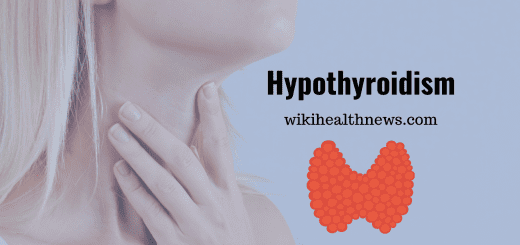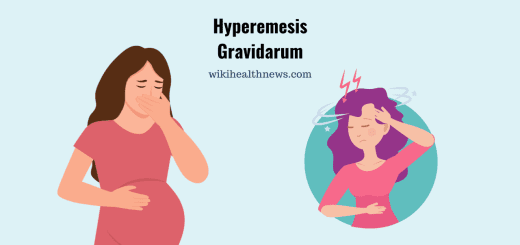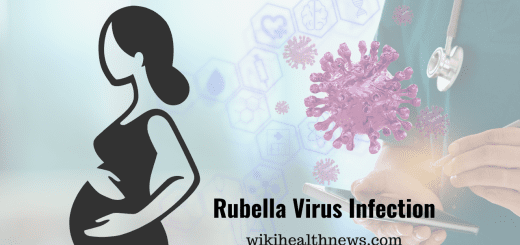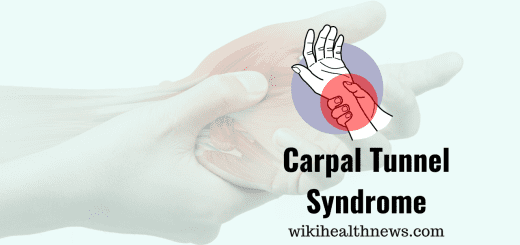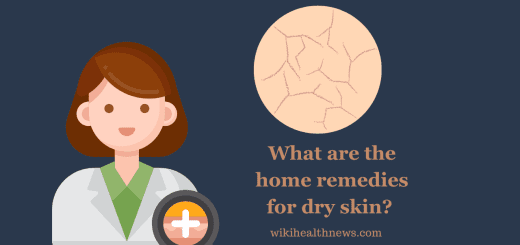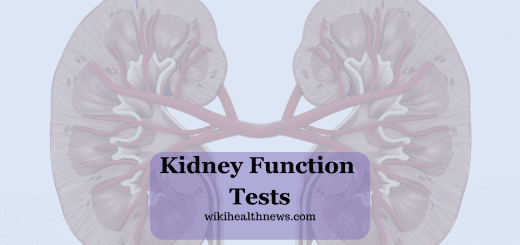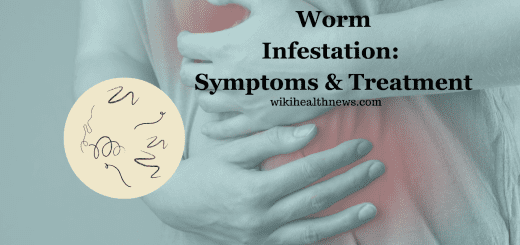Health Care & Screening in Adolescence Period
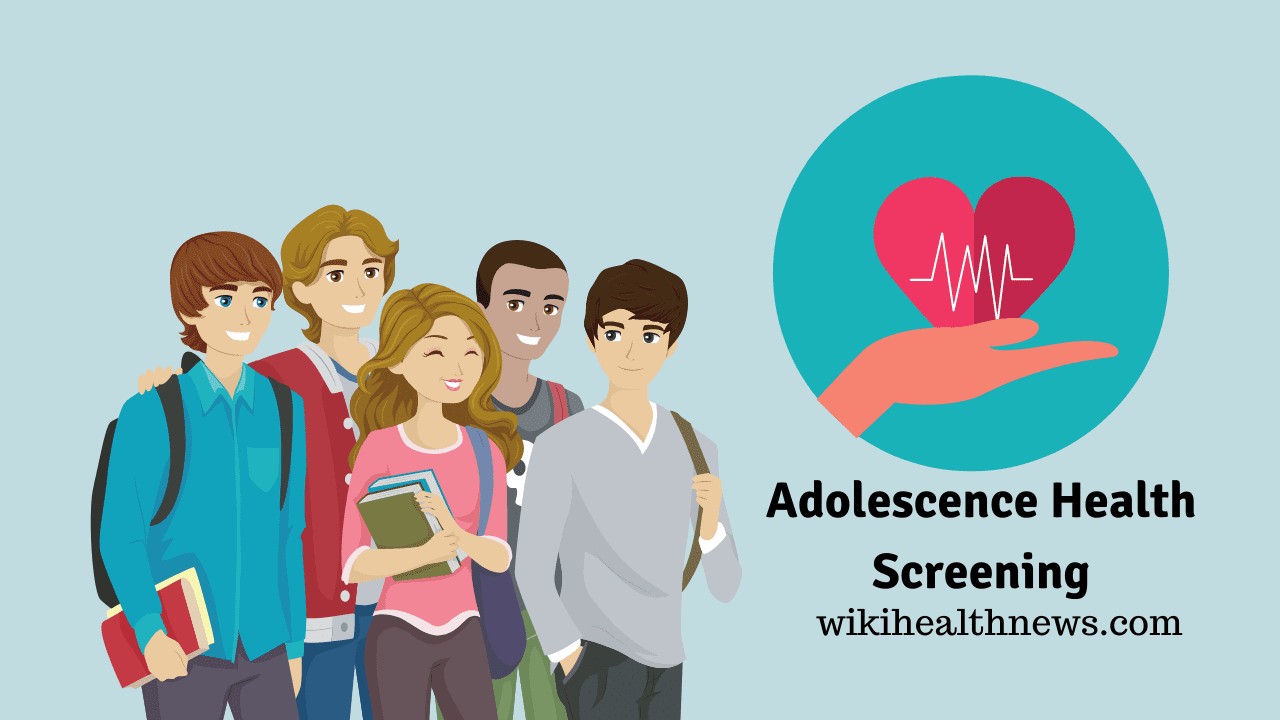
Adolescence or young age can be a challenging and rewarding period for families. Children experience tremendous intellectual and physical development during this period. Moreover, the transition from childhood to adulthood, maintaining a strong relationship with the health care sector is quite difficult. Training in this period helps young children learn responsibility for their own health care decisions.
Health care providers and parents having growing children should understand few facts. Adolescents have different needs based on variety of factors. Some of the important factors are developmental stage, gender, race or ethnicity, family, and socioeconomic status. This awareness of developmental, social, and cultural issues will ensure that the health care providers offer the best possible screening and treatment in adolescence period.
Developmental stages of adolescence:
There are totally 3 stages of adolescence, based on age and growth.
During early adolescence around 11 to 14 years growth starts with a spurt and sexual maturity. They experience rapid and profound physical changes. This changing process may occur later in boys than girls. Generally, early adolescents are concrete in their thinking. These children have abstract thoughts without the ability to consequences of their actions. This is an important time for young children to remain under cover of strong family values.
During middle adolescence (mostly ages 15-17, high school), the total physical changes which is related to puberty is important. Teenagers also gain a strong sense of identity and relate socially to a peer group. They also make progress in developing reflective thought. Peer relationships and risk taking become more prominent during this middle adolescent stage. Middle adolescents still care what important adults think, even, as they strive for more independence.
During late adolescence (mostly 18-21, college or technical school or getting a job), they attain physical adulthood. At this stage, adolescents also gain a personal value system, more realistic sense of self and their future goals. They tend to have more mature relationships, and may try to be living away from the family. The process of becoming an adult is more gradual and varied today than in past. Teenage boys & girls take longer period for economic and psychological autonomy. Their adulthood experiences also differ accordingly by general, race and ethnicity, and social class.
What is the screening done in adolescence period?
Some common medical conditions seen in adolescents include dysmenorrhea, psychiatric disorders (depression, anxiety, attention-deficit/hyperactivity disorder) & sleep disorders. Apart from these headaches, acne, dermatitis, weight management, and performance enhancement are also found in adolescence.
Diet & Nutrition
Balanced diet is essential for growth of young adults. Sound nutrition prevents various future long term health conditions. But adolescents have trouble adhering to a healthy and balanced diet. It is necessary to start training them to include vegetables, nuts and proteins in their diet.
Obesity
Childhood obesity is a health menace, you can prevent by early nutritional training. Obesity in adolescence period risks to multiple cardiac, endocrinological and psychosocial diseases. Consequently young children suffer from life threatening conditions due to neglegent behaviour.
Biophysical assessment
Disorders of development are important health factors in adolescence period. Growth & development defects like problems in gait, posture can be corrected if found out in this period. Certain conditions like scoliosis are alarming health conditions and need further evaluation.
Sleep disorders
Usually adolescents are lazy and spend more time in sleeping. Even though, sleep disorders are seen among them. Sleep disorders in adolescence are more common, with prevalence rates 20% to 30%. Those having medical, psychiatric, endocrine and neurological disorders exhibit these disorders more often .
Exercise screening
Adolescence is characterized by dynamic changes in body function and development. They can establish healthy and unhealthy behaviors in this period. Regular physical activity levels in adolescence can continue to adulthood if trained properly. Reduced activity in adolescence has potential long-term health implications. Mental alertness in this period also depends on physical health. Hence, parents should instill such habits from early childhood.
Adverse childhood experiences
Any mental harassment or trauma during early childhood or adolescence affect future personality. These experiences contribute to posttraumatic stress disorder, depression, and substance use disorder. Child abuse, poverty, or even emotional or physical neglect are some of these inflictions. They have poor health outcomes and display unhealthy pshyche.
Learning challenges & Educational assessment
Positive growth in adolescence reflects in their academic success. Skill development is a critical marker of overall positive growth. It facilitates progress and developmental of an individual toward healthy psychosocial and occupational future. Conditions inhibiting learning challeges should be identified much earlier in career. Professional can help spotting out such risk factors.
Screening for behavioral problems and conduct disorders
Attention deficit/hyperactivity disorder, oppositional defiant disorder, and conduct disorders are seen in young children. These can be identified by health workers and need proper care at this stage.
Violent behavior in adolescence
Adolescence violence is a griveous situation in the society. It is a complex situation for social, criminal justice and is a public health issue. Homicide, fighting, family violence, dating violence, sexual violence, gang violence, bullying, and cyberbullying are the reflections of youth violence. This is influenced by numerous adverse factors arising in family, peer, or school. Such experiences, and relationships alter the behaviour of young adolescents.
Depression and suicide
Depression and suicide are diagnosed in adolescents more commonly now a days. Suicide is the second leading cause of death in young adults. Only a few young people receive mental support at proper time. Identification of such crucial conditions can save the youth and guide them properly.
Sexual abuse and eating disorders
Adolescents experience many physiologic and psychologic changes during this period. Sexual abuse—whether a singular incident, multiple incidents can traumatize them. It can increase the risk for disordered eating behaviors or eating disorders.
Substance abuse
Drug addiction or substance abuse usually begins at this stage of life. This behaviour progresses to substance use disorder (SUD) in adolescence and early adulthood. Alcohol abuse in adolescence period has declined, but cannabis use is on the rise. Nicotine & e-cigarettes as well as rates of opioid-related overdose is also common.
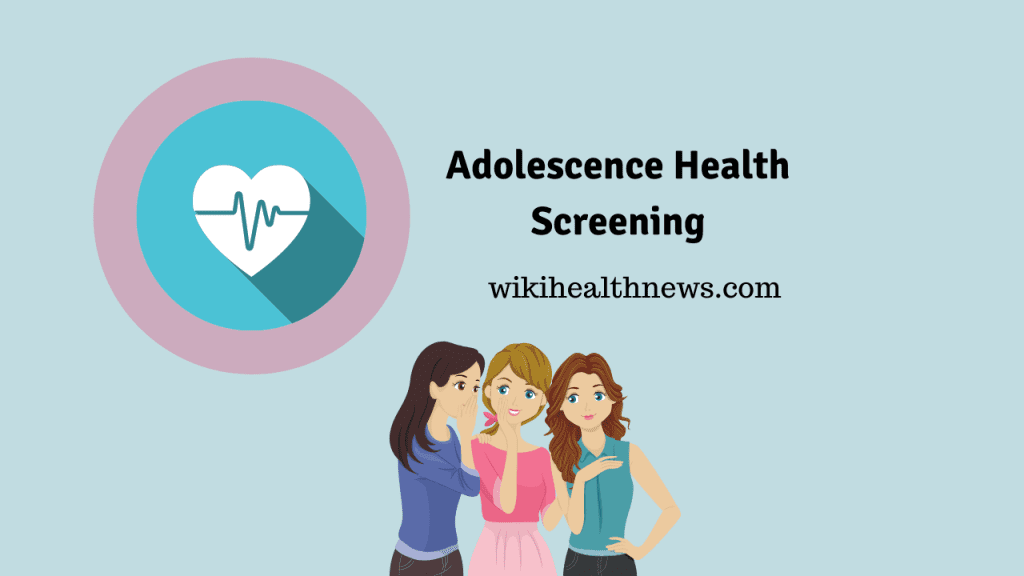
Strength and assets
Proper identification of strength and positive points in youth can save adolescents by proper guidance.
Hygiene & Infections
Good hygiene habits are essential in childhood. These lay a great foundation for safe and healthy future. Personal hygiene issues can be guided in adolescence to protect from many diseases. Some of the diseases are:
HIV: One in four new HIV infections occurs in youth ages 13 to 24, and 60% of all youth with HIV don’t know they are infected. They can spread the infection to others without being aware.
Chlamydia: It is a common occurrence in adolescents, more so than is gonorrhea. But it can lead to pelvic inflammatory disease. Screening for chlamydia in sexually active adolescents, particularly females can be done early to prevent infertility.
Human papillomavirus (HPV) can spread in adolescents. In long term it can lead to malignancy.
Genital herpes simplex virus (HSV) infection, which usually has been caused by HSV-2, is a common finding in adolescents, and it now is caused also by HSV-1 in some populations
Goals of adolescent health screening
This adolescent screening plays a vital role in the delivery of health care service to pediatric patients of all ages. As the foregoing information indicates, adolescents are vulnerable to many health risks for which to screen or observe during well adolescent exams.
